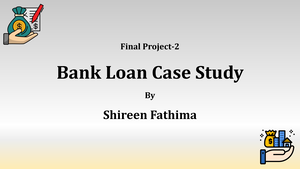- Information
- AI Chat
Was this document helpful?
Data Analytics Process Project
Course: Data Analytics - Trainity
28 Documents
Students shared 28 documents in this course
University: Visvesvaraya Technological University
Was this document helpful?

CaseStudy
Introduction
In our everyday lives, we often engage in activities that involve implicit data analytics
processes. Two such common scenarios are grocery shopping and online travel booking.
Let'sdelveintoacasestudythathighlightsthevariousstagesofthedataanalyticsprocess.
Scenario 1: Grocery Shopping
1.Plan:
Imagine a scenario where a person, let's call her Shivani, needs todoherweeklygrocery
shopping. Before heading to the supermarket, Shivani plans her shopping list. She
considers various factors such as dietary preferences, upcoming events, and household
necessities. She decides on items like fruits, vegetables, dairy products, and other
essentials.
2.Prepare:
NowthatShivanihasherlist,shemustpreparefortheshoppingtrip.Shechecksherbudget
and available funds, deciding how muchsheiswillingtospend.Additionally,shelooksat
any availablediscounts,loyaltypoints,orcouponsthatmighthelphersavemoneyduring
theshoppingprocess.
3.Process:
As Shivani walks through the supermarket's aisles, sheprocesses the available data. For
eachitemonherlist,sheassessesdifferentbrands,prices,andnutritionalinformation.For
instance, if she's buying yogurt, she might analyzethefatcontent,expirydate,andbrand
reputationbeforemakingadecision.
4.Analyze:
Whileselectingitems,Shivanisubconsciouslyanalyzesvariousfactors.Sheavoidsproducts
thatareoutofdateordon’tmeetherqualitystandards.Shemightalsoconsidernutritional






